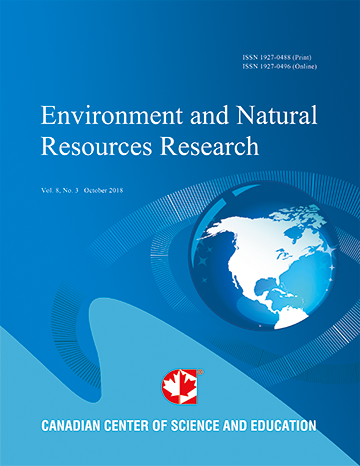Gender Variations in Wellbeing Indicators between Urban and Mountain Landscape Environments
- Henry Ojobo
- Sapura Mohamad
- Ismail Said
Abstract
The issue of variations in physiological indicators of wellbeing based on gender serves as incentive for natural landscape environment interactions. This study examined gender variations in blood pressure, pulse rate and respiratory rate between contact with low-altitude urban (pretest) and mountain landscape environments (posttest). To attain the goal of this study, 38 respondents (16 males, 22 females) participated in the seven-day experimental study. Pretest and posttest measures of blood pressure, pulse rate and respiratory rate were elicited from both male and female respondents at the urban environment within the first three days and at the mountain landscape environment the following three days. Results show that both male and female systolic blood pressure increased at the mountain landscape environment while their diastolic blood pressure reduced marginally. There was no difference in gender response in terms of pulse rate. Conversely, male respondents experienced reduction of respiratory rate at the mountain landscape environment while female respondents experienced increase. Findings suggest that the only apparent difference in gender response is in their respiratory rate. The extent to which gender might be related to physiological wellbeing through contact with natural mountain landscape environment is revealed. Hence, a platform is set for policy makers and governments for the creative harnessing of mountain landscape environments.
- Full Text:
 PDF
PDF
- DOI:10.5539/enrr.v5n4p63
Journal Metrics
Google-based Impact Factor (2016): 6.22
h-index (November 2017): 12
i10-index (November 2017): 19
h5-index (November 2017): 11
h5-median (November 2017): 12
Index
Contact
- Emily LinEditorial Assistant
- enrr@ccsenet.org
